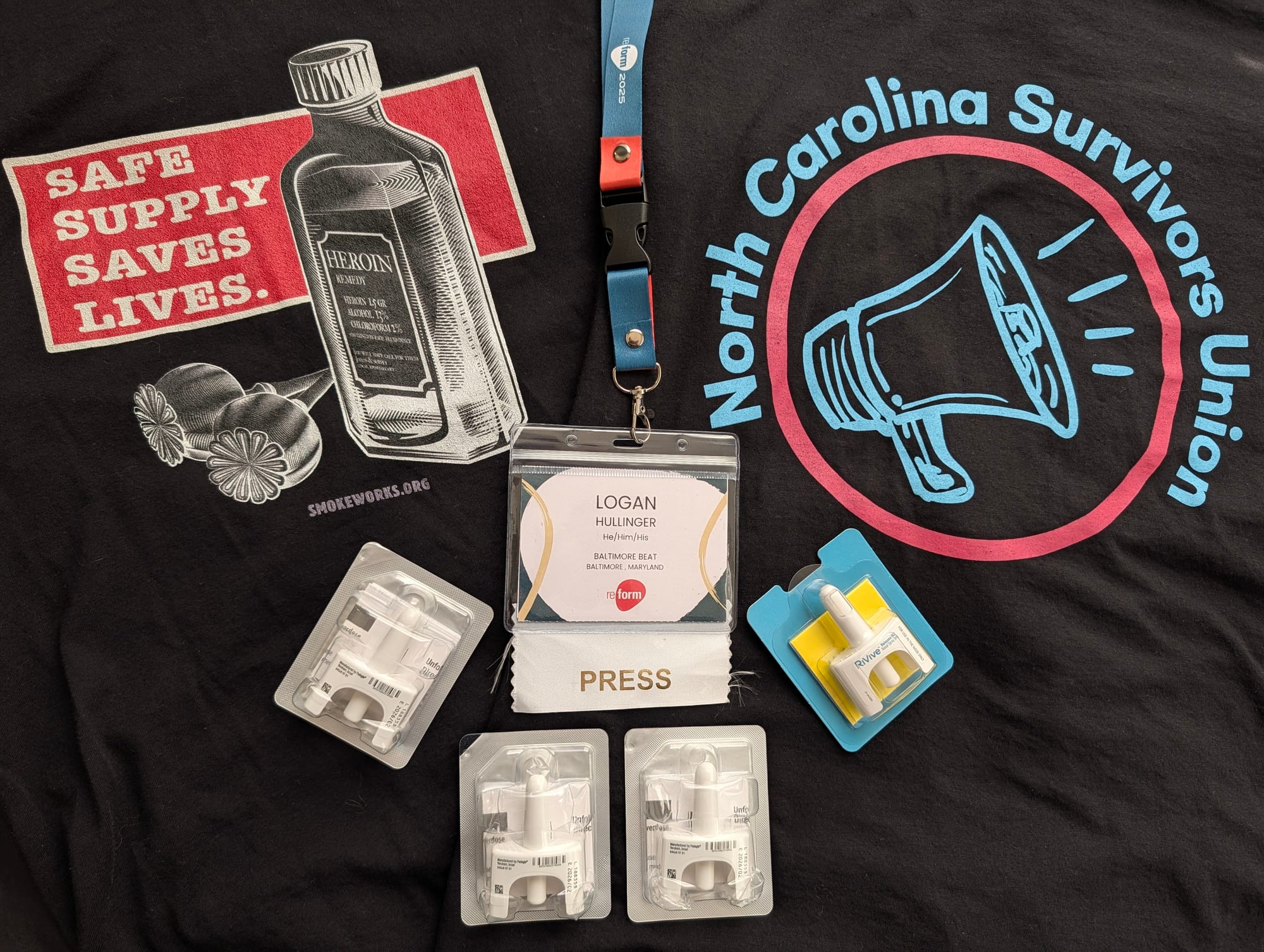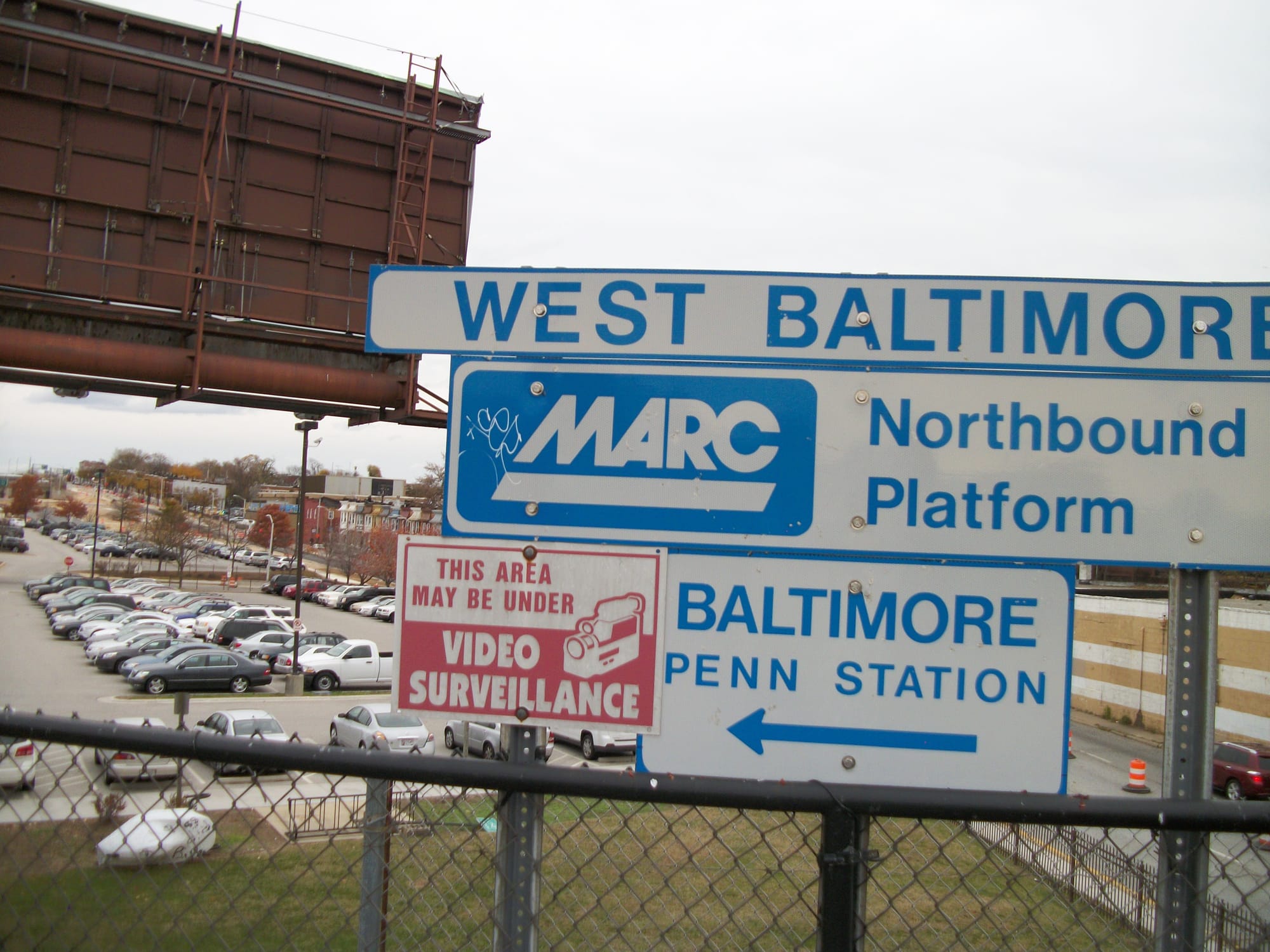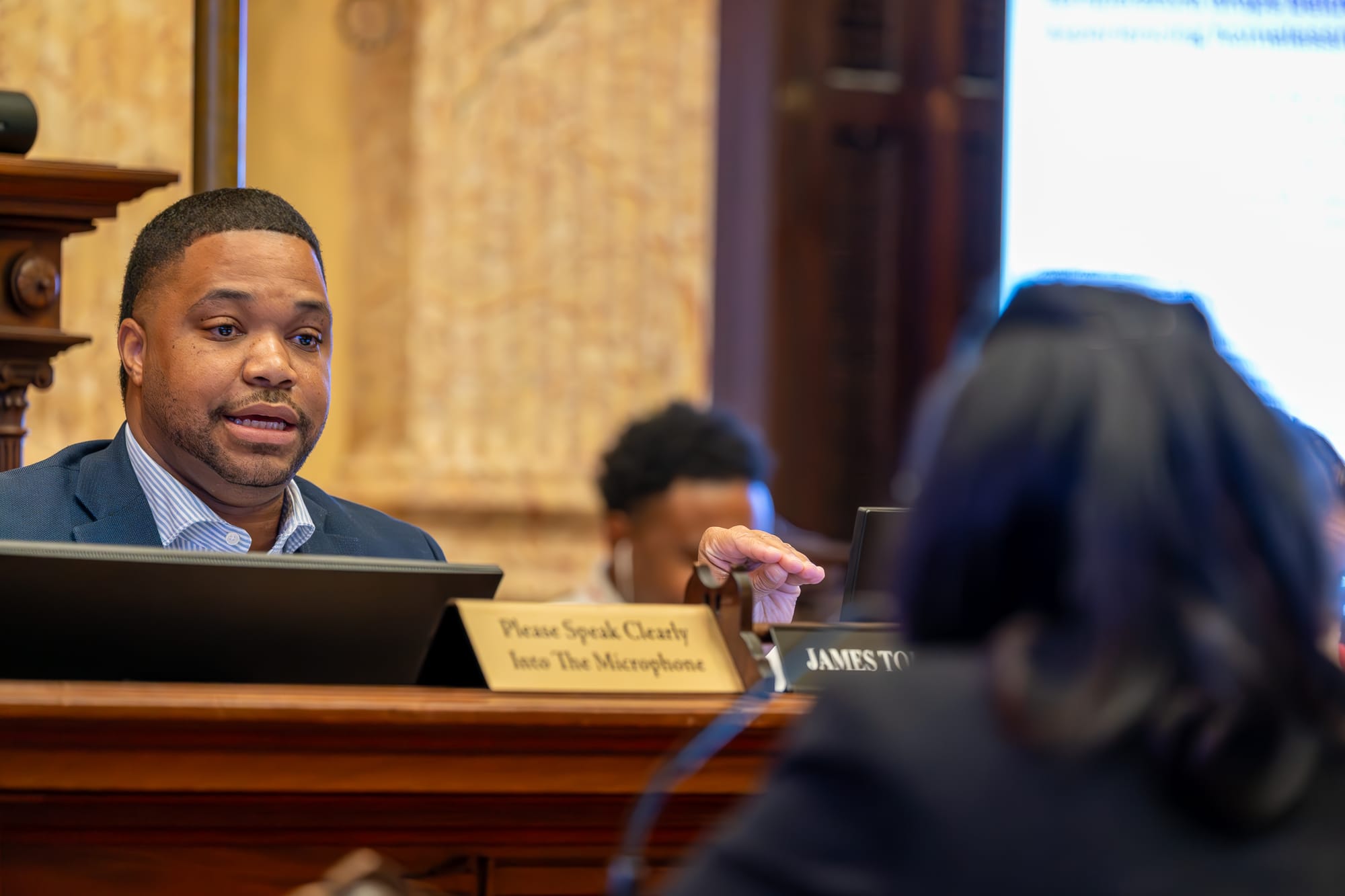
Baltimore officials have unveiled a sweeping plan to combat the city’s unprecedented overdose crisis — one largely predicated on acknowledging shortfalls in the city’s harm reduction infrastructure and the need to double down on compassionate care for drug users.
The two-year, 20-page draft plan, which aims to cut fatal overdoses 40% by 2040, was unveiled on July 2 by the new Mayor’s Office of Overdose Response. Mayor Brandon Scott created the agency through an executive order last year as part of a new chapter in the city’s fight against the crisis, during which officials have struggled to balance compassionate drug policy and punitive drug enforcement.
“The harm reduction approach, which is sort of a philosophy, is not consistently adopted in Baltimore City,” said Sadiya Muqueeth, chief health policy officer at the Baltimore City Health Department. “Baltimore City’s insufficient access to harm reduction services and lack of safe spaces increases overdose risk.”
The strategic plan, which was released in tandem with a needs assessment dashboard comprising local overdose data and areas in which the city can improve, focuses on five pillars: social determinants of health, prevention, harm reduction, treatment, and recovery.
Its recommendations provide a holistic view of the crisis, embodying a ground-up approach. For instance, many of its prevention initiatives focus on general quality of life, such as increasing access to transportation, education, food assistance, employment, and housing.
It also calls for services directly pertaining to drug use and harm reduction. The plan recommends bolstering initiatives targeted at those disproportionately affected by the crisis, namely older Black men. Those programs include low-barrier, mobile harm reduction and crisis services in addition to brick-and-mortar locations.
Other recommendations in the plan include increased data transparency, educational campaigns, expanded 988 services, 24/7 stabilization centers, expanded access to treatment, and better oversight of treatment programs.
“Although there is no simple solution to the overdose crisis and we will not overcome it overnight, this strategic plan proposes an innovative approach to meet the present and immediate needs across our community—while laying the groundwork for the long-term changes to help end this crisis,” Scott said in a statement.
Though the strategic plan lists myriad other goals, it also contains some ambiguity, leaving the door open for specific programs that aren’t currently offered by the city. The plan, for example, makes no mention of overdose prevention centers, or OPCs, which allow individuals to use drugs under the supervision of medical professionals.
The facilities are considered the gold standard in harm reduction, and Scott named them as one of his 21 “legislative priorities” this year. While Scott has supported efforts in the General Assembly to legalize OPCs for years, he has refused to answer questions about city-sanctioned sites like ones New York City has implemented.
The report, however, explicitly states that one of the city’s priorities is to “increase access to a full array of low barrier harm reduction services (including naloxone distribution, drug checking, syringe service programs, and other evidence-based strategies,” the latter of which indicates OPCs would fall under that criteria.
The unveiling of the strategic plan and needs assessment comes less than a month after a Baltimore Beat investigation detailing how city officials have found themselves unable — or unwilling — to let go of punitive drug enforcement and the millions of dollars it takes to bankroll the cops who carry it out.
Baltimore Police Department data obtained by the Beat showed that nearly all individuals charged and arrested on drug crimes in Baltimore are Black — even though studies show that drug use rates among the Black population are similar to those of other races.
Though investing in diversion programs to prevent incarceration is a key recommendation in the report, officials said that law enforcement would continue to play a role in combating the overdose crisis. Those efforts would mostly focus on removing drugs from the streets, said Sara Whaley, executive director of the city’s overdose response.
Yet Whaley also emphasized that any police enforcement must be met with equally strong harm reduction initiatives, recognizing that drug enforcement can increase fatal overdose rates by disrupting the drug supply and pushing drug users toward riskier sources.
“When this happens, there must be a public health response so that people receive connection to care when the drug supply is interrupted through law enforcement action,” she said.
Baltimore residents will now have the opportunity to give their input on the strategic plan at four public hearings, all of which are scheduled for this month at 5:30 p.m:
- July 9: Cherry Hill Elementary and Middle School, 801 Bridgeway Road
- July 17: Gethsemane Baptist Church, 2520 Francis Street
- July 23: Pimlico Elementary and Middle School, 4849 Pimlico Road
- July 31: Henderson Hopkins Elementary and Middle School, 2100 Ashland Avenue
Though the plan is intended to leverage multiple funding streams, including grants and restitution funds, it's unclear how much money the city itself would put toward it. The city’s fiscal priorities may not be conducive to maximizing its harm reduction infrastructure.
Scott’s budget, which he signed on June 23, includes a $9.8 million increase to mental health and substance use disorder services, an 87% increase over the year prior. However, it also served as a stark reminder of the city’s battle between “public safety” and public health.
The fiscal plan also includes a $7 million cut to the health department, marking a 3.5% decrease from the year prior. At $201 million, its budget is less than one-third of the police department’s — and nearly half of that comes from federal funding that could be lost because of President Donald Trump’s barrage of cost-cutting measures.
At the same time, the police department will receive a more than $20 million increase, bringing its total to almost $613 million. At budget hearings, Police Commissioner Richard boasted an 11% increase in felony drug arrests and a 28% increase in misdemeanor arrests to justify the increase.
Drug enforcement, meanwhile, could violate the same harm reduction principles cited in the city’s strategic plan.
Budgetary measures aside, the strategic plan’s main goals closely resemble those of the city’s $5.2 billion abatement plan, which was rejected by a judge last month in an ongoing lawsuit against two massive opioid distributors.
Baltimore City Circuit Court Judge Lawrence P. Fletcher-Hill rejected the city's request for billions in abatement money and ruled that he would allow for a new trial in the case against two opioid distributors in a landmark opioid trial, reversing a 2024 jury verdict that won the city $266 million in "public nuisance" damages.
Leading up to the judge's ruling earlier this month, city officials had hoped the judge would leave the jury verdict untouched.
Instead, Fletcher-Hill tore apart the city's argument and rejected the request, indicating the city likely won't receive anywhere near the billions of dollars it had asked for — something that could hinder the implementation of the strategic plan.
The city's initial deadline to decide whether to opt for a new trial or accept a whopping 80% reduction in its award, totaling less than $52 million, was July 7. That has since been delayed until August 8, and Fletcher-Hill is expected to rule on abatement about two weeks before that deadline.
Per the judge’s ruling, the city must either accept the smaller reward or once again go to trial to determine what the companies should pay in public nuisance damages. Abatement is a separate issue, where the judge will determine how much — if any — additional damages the companies must cover for the city to redress the crisis.








Comments